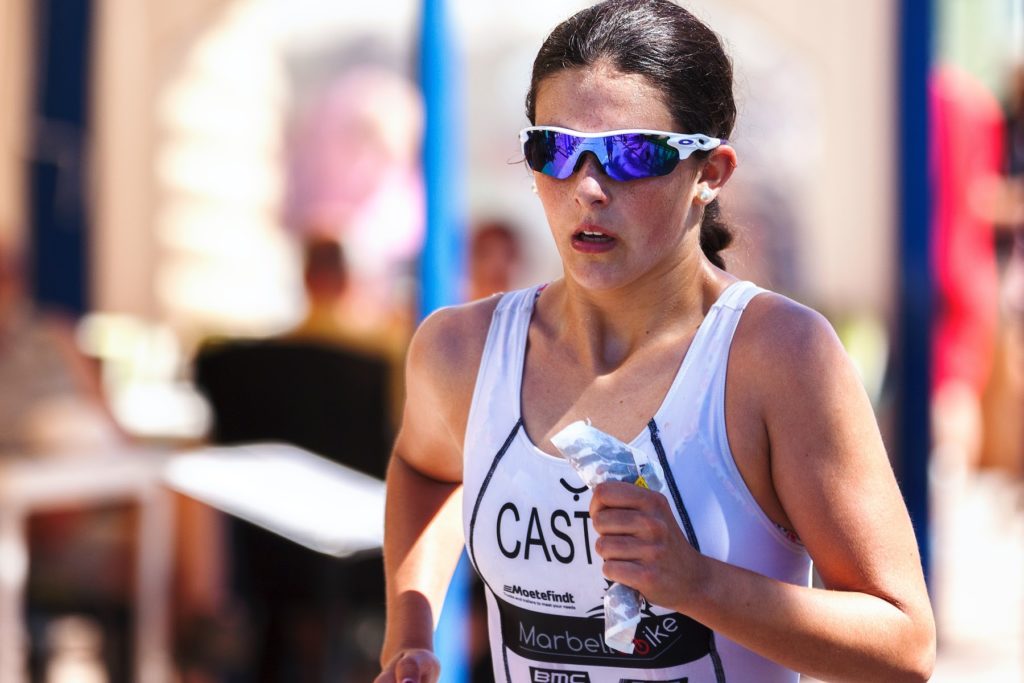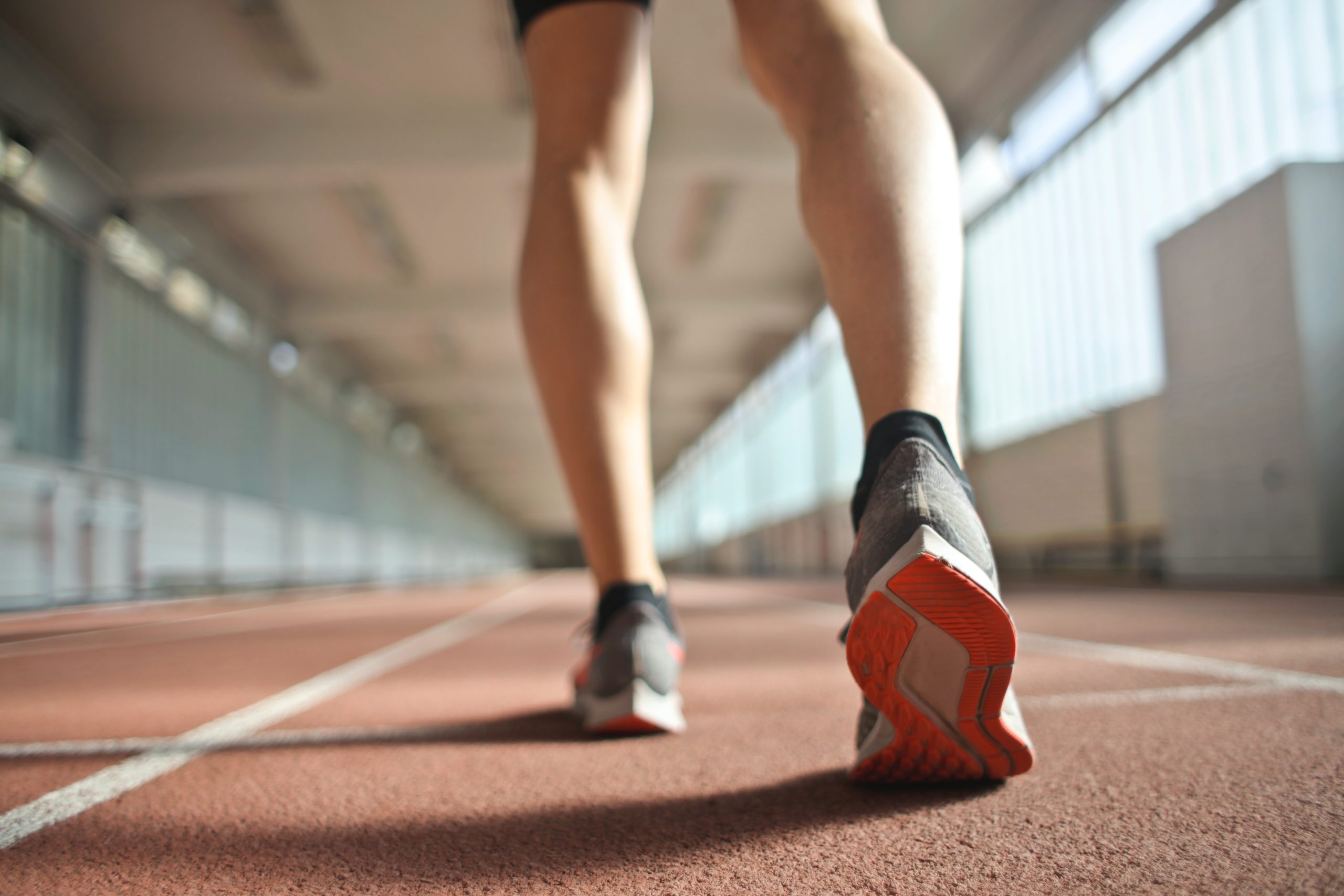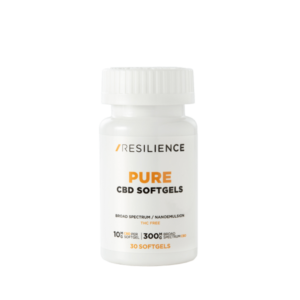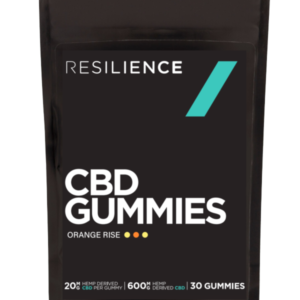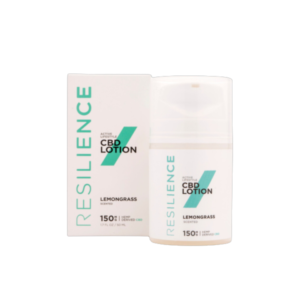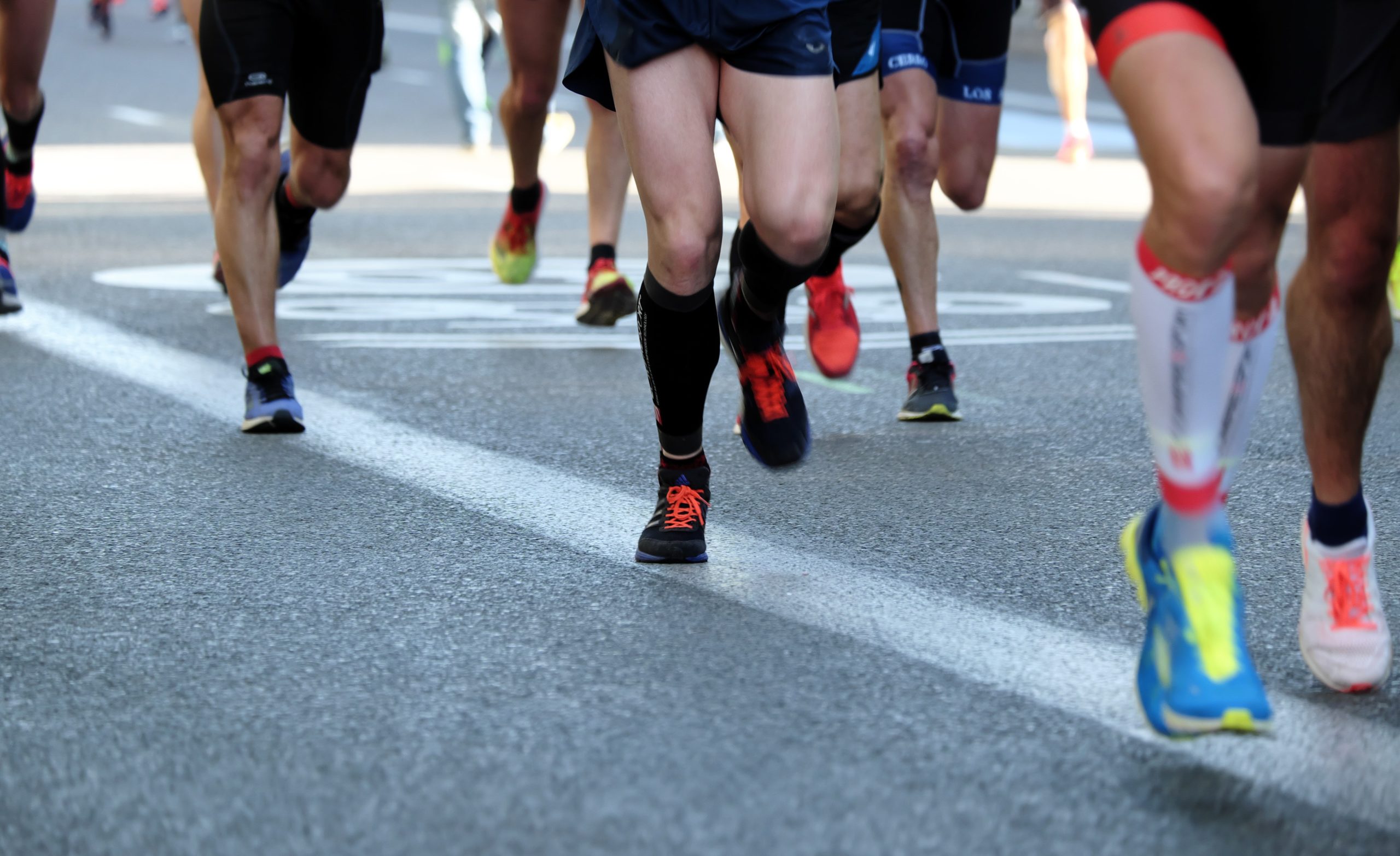
Running is one of the best things you can do to support your body and cardiovascular health. But it requires intense repetition. To go further and faster, you must push your boundaries on a weekly basis, especially if you’re training for a 10k or a marathon.
Naturally, this constant challenge of your physical limits can take its toll on your body, leaving you sore and achy the days after a long run. When this occurs, it can sap your motivation to lace up your shoes and hit the road again.
Unfortunately, sore muscles are an inevitable part of a runner’s life. What matters most is how you manage your pre-workout prep and your post-workout recovery. To aid you in this process, we’ve compiled a list of tips that can help runners recover quicker.
Key Takeaways:
- Post-run soreness is typically caused by DOMS or exercise-induced inflammation.
- Focusing on your post run recovery routine is vital if you want to train hard toward your goals.
- Runners can use CBD before and after workouts for consistent physical benefits.
Why Do My Muscles Ache After a Run?
Before we dive into our list of tips, you need to understand how your body responds to physically demanding workouts. This knowledge, over time, will inform your recovery sessions.
In which case, soreness typically manifests within 24 to 48 hours after a hard run. And how sore you feel likely depends on several factors, including:
- Your running fitness level
- Your age and body weight
- The duration and length of the run
- Previous injuries
The level of soreness you experience is intrinsically tied to your overall physical condition.
Early on into your training regimen, you’ll probably encounter muscle soreness frequently (and it might be quite intense). This is because your body is unaccustomed to the physical labor. But as you progress, your body will adapt to the strain. Soreness may not be omitted, but it won’t be as impairing, especially if you adopt proper recovery routines.
In most cases, sore muscles from running are caused by one of two factors:
Delayed-Onset Muscle Soreness (DOMS)
DOMS is the result of microscopic tears in the muscle fibers caused by eccentric muscle contractions. These microtears are necessary if you want your muscles to get stronger. Runners will most prominently feel DOMS in their thighs, glutes, hamstrings, calves, and feet. Typically, it sets in and intensifies in the 24 to 48 hour period after a hard run.
As Running Magazine writes:
Another common cause of DOMS is eccentric exercise, which refers to when a muscle lengthens at the same time that it contracts. Running downhill is a great example of this. As you descend, your quadriceps contract to bend your knee but also lengthen at the same time. This is why many runners complain of DOMS specifically in and around their quads after any hard downhill run or race.
The good news about DOMS is that it’s almost always temporary. Typically, you can omit the symptoms with the help of time and recovery therapies.
Exercise-Induced Inflammation
Inflammation is your body’s automatic immune response to an injury or workout. When this happens, it can leave your joints—particularly in your knees, ankles, and feet—swollen, red, and achy.
Although it makes you feel uncomfortable, inflammation is meant to help your body recover. It prevents, reduces, and repairs damage to a weak spot. This occurs in three phases:
- Blood gathers around the problem area, resulting in the symptoms of inflammation
- White blood cells also gather and begin absorbing the damaged cells
- Another type of white blood cell (macrophages) starts the tissue regeneration process
With the proper therapies, running-induced inflammation should only cause minor discomforts.
Muscle Recovery for Runners
Now that you know the two most common culprits for soreness. Here are some actions you should take:
Stretching
Although this remains a hot topic of contention in the running world, the general consensus is that you should warm up your muscles before a run and then stretch them out after you’re done. Loosening these muscle groups can help prevent a major injury, which would fully derail your training.
That said, instead of typical post-workout stretches, trainers recommend engaging in dynamic stretches, which includes:
- Reverse lunges
- Planks
- Jump rope
- High knees
- Side shuffle
- Butt kicks
- Jumping jacks
- Single-leg glute bridges
After your run is completed, you should stretch within 25 minutes. This stretching session should last 10 to 15 minutes and focus on the major muscle groups—quads, hams, glutes, calves, and hips. Additionally, foam rolling is a useful tool that can help target an especially tight spot.
Change Out of Your Wet Clothes
If you don’t want to shower or bath right after your run, you should at least change clothes. Your sweaty clothes can cool you down quickly after a run, which causes your muscles to tighten up. By throwing on fresh clothes, you can keep your muscles warm and help promote circulation throughout the recovery process.
Increased blood flow will send the proper nutrients to the tired muscles.
Hydrate
Your body needs water to facilitate the recovery process. Before a run, you should ensure you’re properly hydrated. After, you should hydrate within the first 10 to 15 minutes post-run. Ideally, you should try and drink 16 to 20 ounces of water, as this will help replace the fluid loss you experienced while exercising.
Another option would be to have a recovery drink like a Gatorade which can help replenish your electrolytes and fuel your body’s depleted reserves.
Take and Apply CBD
A growing number of runners are now incorporating CBD as a pre-workout and post-workout recovery tool. This is because taking CBD for sore muscles is a safe, natural, and effective way to support both internal and external recovery.
To derive the most benefits from CBD, it’s wise to use both an oral and a topical form:
- Orally – Whether you eat a CBD gummy or apply CBD oil sublingually, it can support your natural cannabinoid production while providing soothing relief to sore muscles. In addition to relieving aches, it also offers additional side-benefits that will help your muscle recovery (like promoting restful sleep and providing energy!).
- Topically – If you wake up feeling sore, you can apply a CBD balm or lotion to hotspots. This allows you to directly target sore muscles and joints. Especially when the topical is combined with naturally soothing ingredients—like menthol and eucalyptus—CBD massages are the perfect way to combat joint stiffness and exercise-induced inflammation.
CBD won’t completely omit your soreness. It will, however, help you better manage it. And by making it a part of your daily routine, you can help reduce the impact a hard run has on your body.
Ice Your Muscles
Cold therapy is one of the most powerful recovery tools at your disposal. When done correctly, it reduces blood flow to an area, thus reducing inflammation and swelling. According to certain studies: “The physiological effects of cold therapy include reductions in pain, blood flow, edema, inflammation, muscle spasm, and metabolic demand.”
Typically, there are two types of cold therapies that runners like to adopt:
- Cold compress – Putting an ice pack directly on a problem area can provide direct relief to sore muscles. Ideally, a cold compress should be applied for 10 to 15 minutes.
- Ice bath – Although this can be uncomfortable, an ice bath allows you to target all of your muscles for recovery. To do an ice bath at home, fill the bathtub with cold water and then add ice until it reaches 55°. Once it has, submerse your lower body in the bath and push through the initial 3 or 4 minutes of discomfort. After your body has become accustomed to the temperature, soak for an additional 10 minutes.
Eat a Well-Rounded Meal
Food is the fuel your body needs to promote muscle growth and running recovery. In which case, it’s best to eat a healthy meal and have a protein drink within an hour of a long run. What you eat is up to you, but look for foods that are rich in protein, potassium, and vitamin C.
Some of the best foods for runners include:
- Broccoli
- Bananas
- Peanut butter
- Oats
- Greek yogurt
- Dark chocolate
- Potatoes and sweet potatoes
- Chicken
- Almonds
- Eggs
- Black beans
- Leafy greens
Most professional runners like to have a light, energy-rich meal or snack before a run, followed by a heavier meal that consists of healthy carbs and proteins afterward.
Resilience—CBD Oil for Runners
Running is one of the healthiest ways you can exercise your body. But when you go on a hard run, your body will respond in kind—often, this is with sore muscles.
To continue to hit and then fly past your running goals, you must pay just as much attention to your pre- and post-workout routines as you do to the run itself. By engaging in activities like stretching, eating healthy, icing, and applying CBD, you set yourself up for success.
Here at Resilience CBD, our CBD is precisely formulated to fuel runners and athletes. As a company that’s built by and for athletes, our goal is to harness the power of CBD to help any active person crush their workout goals. So, if you want a full-spectrum, hemp-based CBD for athletes that only uses the finest of organic ingredients, you’ve come to the right place.
No matter where the journey takes you, we hope you continue to run effectively, safely, and with a vigor.
 Written by: Michael Tatz | Linkedin
Written by: Michael Tatz | Linkedin
Michael Tatz is the Co-Founder of Resilience CBD, and a passionate leader in the health & fitness world helping others rise to and crush their wildest goals. A former Division 1 college wrestler, Army Officer, and investment manager at Goldman Sachs, he has pushed his body and mind to the limits on the mats, dressed in camo, and in the boardroom.
Today, he spends his time leading Resilience CBD to develop the absolute best recovery products for athletes everywhere. Resilience was founded after CBD personally impacted Michael’s life, and the brand was built to partner with everyday athletes in pursuit of conquering their most difficult challenges, rebounding after their toughest performances, and rising to their goals that once seemed impossible.
Sources
Running Magazine. Feeling post-race pain? DOMS may be to blame. https://runningmagazine.ca/sections/training/injuries/feeling-post-race-pain-doms-may-be-to-blame/#:~:text=’%20Delayed%20onset%20muscle%20soreness%2C%20or,a%20hard%20run%20or%20race.
NCBI. Acute and Chronic Effects of Endurance Running on Inflammatory Markers: A Systematic Review. https://www.ncbi.nlm.nih.gov/pmc/articles/PMC5650970/
NIH. Mechanisms and efficacy of heat and cold therapies for musculoskeletal injury. https://pubmed.ncbi.nlm.nih.gov/25526231/

